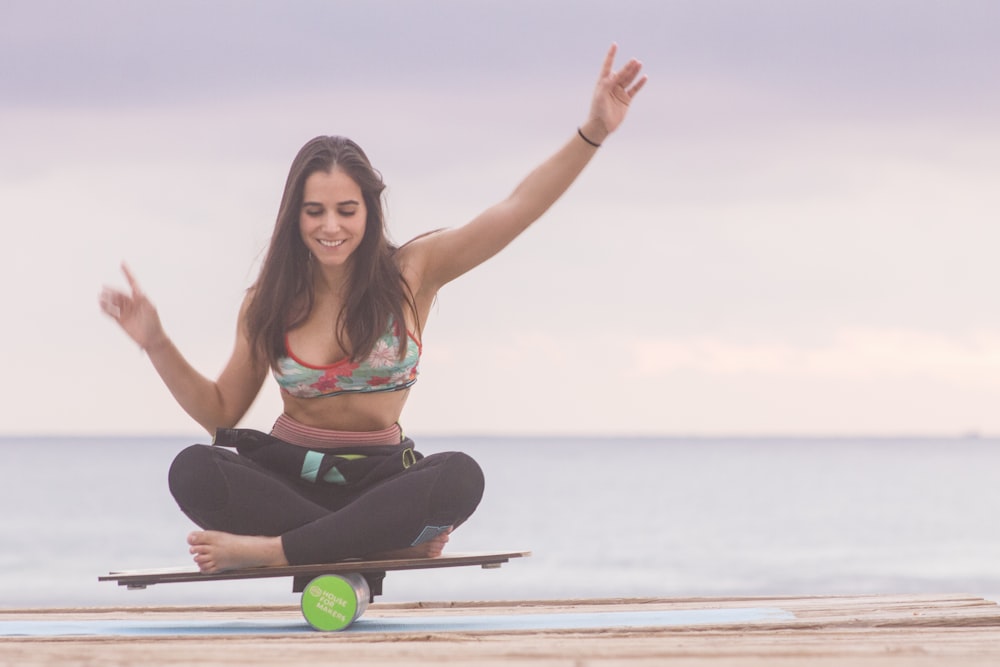
Prevention is Always Better Than Cure: How To Avoid Padel Injuries
When you’re lost in the game, it’s not uncommon for padel players to make mistakes here and there. Overuse injuries creep up on you by accumulating a series of little traumas over time. Doing too much, too soon, too quickly, too hard, or too fiercely for your body may lead to overuse issues.
Sometimes these things often go unnoticed. They start off as little irritation or discomfort, which you dismiss with phrases like “no pain, no gain” or “it’s all part of the process,” but soon progress to swelling, inflammation, and regular aches and pains.
Of course we don’t want this to happen anytime soon. After all, we all want to be in the best shape to play more padel games right?
The greatest way to avoid overuse injuries is to become physically healthy, well-balanced, and equally flexible, and strong on all sides of your body.
You must work out intelligently but sometimes working out too much will result in wear-out. The key is to know the right interval between workouts, consume a good diet, and avoid as much stress as possible.
A lot of people tend to brush over this tip, but you should also utilize high-quality equipment and footwear. This ensures that you don’t slip on the court and good fit equipment will have less strain on your body.

Strengthen your core
The most crucial parts of your athletic physique are your core and hips. In every athletic activity, your core and hips are used to transmit forces between the lower and upper bodies. Any abnormalities in your core or hips will result in unequal stresses on other muscle groups and joints, leading to overuse issues over time.
Examining your hips is a fantastic place to start when it comes to your physical well-being and injury-free exercise. On both sides, you want to maintain the hips balanced, robust, and flexible.
Small imbalances in our hips are created by the asymmetrical nature of padel and our lifestyle, which are difficult to notice until you look for them.
Have a buddy check whether your hipbones are level while you’re on the floor on your back with straight legs. The right hipbone is often lower than the left. When you lay on your stomach and your buddy examines the level of your hipbones, do a similar examination from the back. When the pelvis is rotated, the right hipbone seems to be higher than the left.
This hip rotation may occur during forceful padel court motions or rigorous training sessions when the numerous muscles of the hips are pushing in opposite directions. If you have strength or flexibility imbalances in these muscle groups, the forces will be much more unbalanced.



